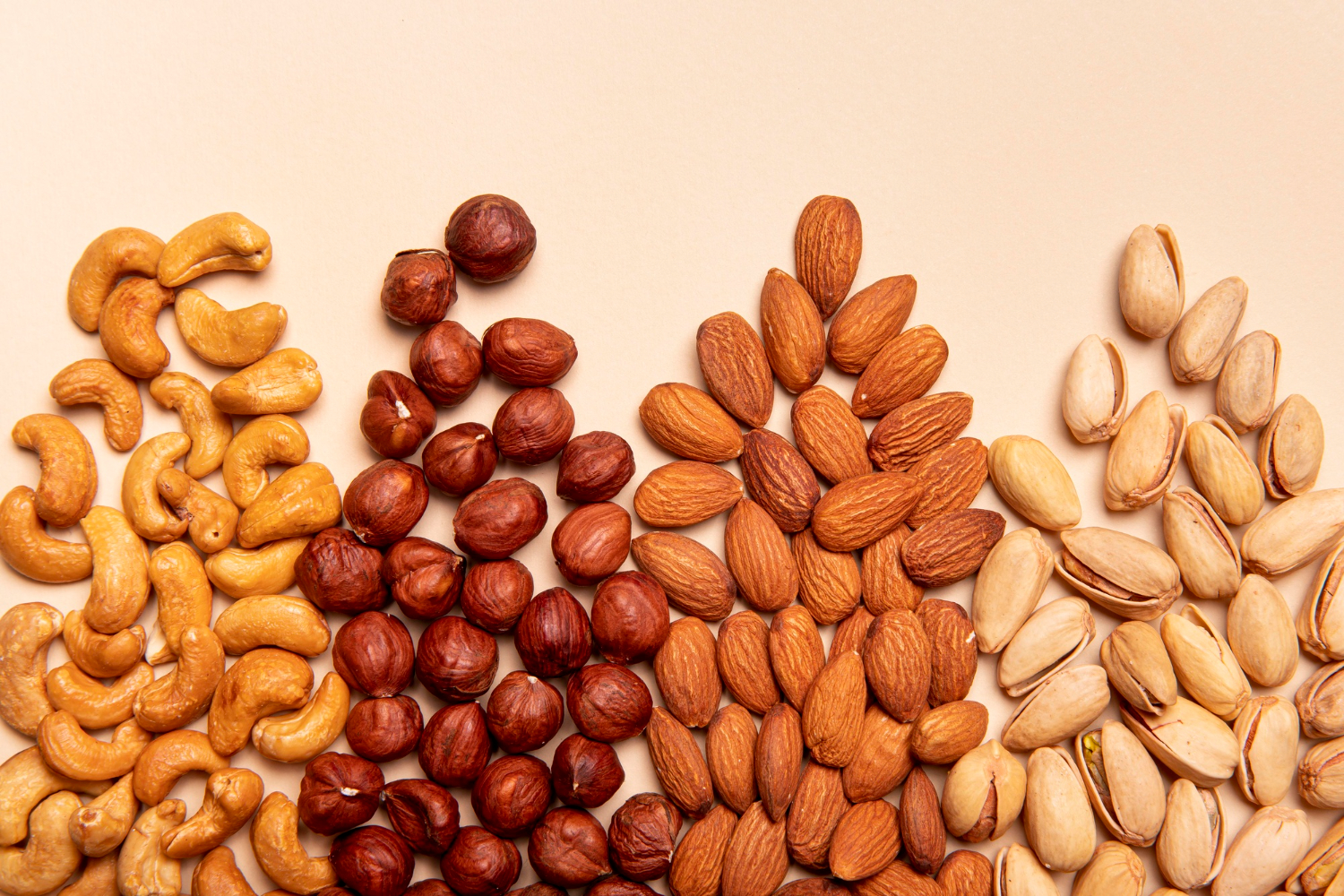Fuel Your Body Right: The Best Low Glycemic Foods for Lasting Vitality
Have you ever felt that mid-afternoon crash, when your energy just plummets and you start craving sugary snacks?
It’s not fun, right? Well, it turns out that the foods we eat play a huge role in keeping our energy levels steady and our cravings at bay.
Welcome to the world of low glycemic foods! These are the secret weapons in the fight against those energy dips and sugar highs. They help keep you feeling full, energized, and ready to tackle whatever the day throws at you.
Intrigued? Let’s dive in and explore how these amazing foods can transform your diet and your life!
What Are Low Glycemic Foods?
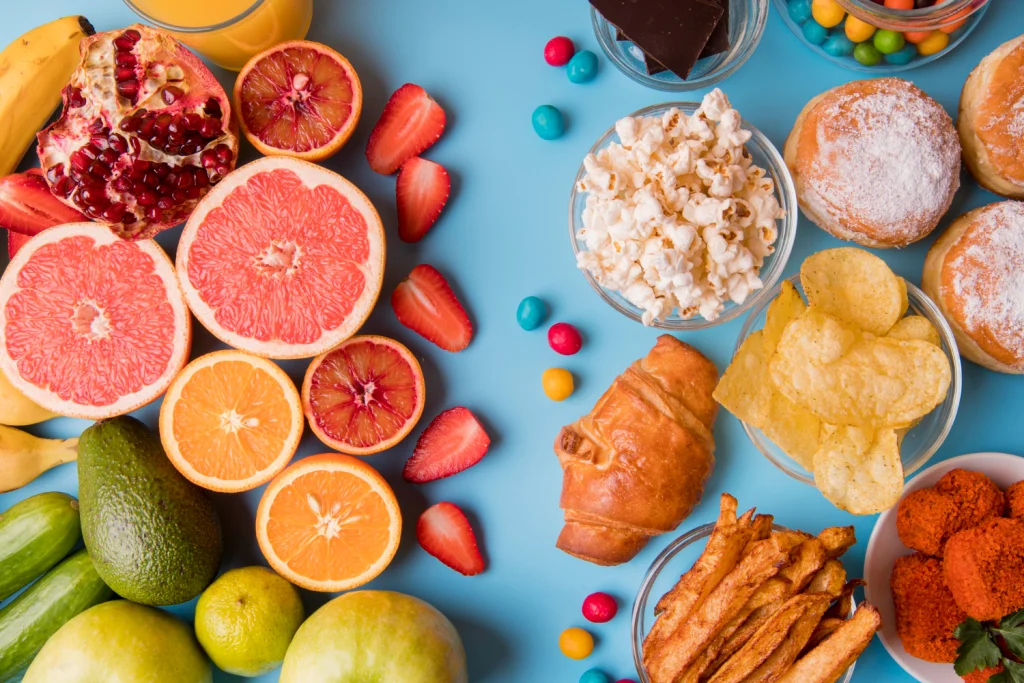
Low glycemic foods are like your best friends when it comes to steady energy and balanced blood sugar levels. But what exactly are they?
Basically, these foods have a low glycemic index (GI), which means they break down slowly in your body. This slow digestion helps keep your blood sugar and energy levels steady. Think of foods like whole grains, beans, fruits, veggies, and some dairy products.
Adding these to your diet can help you feel fuller longer, manage your weight, and even lower the risk of type 2 diabetes. It’s not about cutting out all sugar but making smarter choices that benefit your health.
So, by planning your meals around low glycemic foods, you can enjoy delicious meals and feel amazing all day long!
What’re the Benefits Of Following A Low Glycemic Diet?
Following a low glycemic diet offers a ton of benefits for your overall health and well-being. It’s not just about managing blood sugar levels; it’s about feeling better and having more energy throughout the day. Here are some key benefits of adopting a low glycemic diet:
Steady Energy Levels:
Low glycemic foods release glucose slowly, providing a steady supply of energy. This helps prevent the dreaded energy crashes and keeps you feeling alert and focused.
Better Weight Management:
Foods with a low GI keep you fuller for longer, reducing the temptation to snack on unhealthy foods. This can help with weight loss or maintaining a healthy weight.
Improved Heart Health:
A low glycemic diet can lower bad cholesterol levels and reduce the risk of heart disease. By choosing these foods, you’re giving your heart some extra love.
Reduced Risk of Type 2 Diabetes:
Managing blood sugar levels is crucial in preventing type 2 diabetes. A low glycemic diet helps keep blood sugar levels stable, reducing the risk of developing this condition.
Better Digestive Health:
Many low glycemic foods are high in fiber, which aids in digestion and promotes a healthy gut. This can lead to better overall digestive health and regularity.
Enhanced Mood and Mental Health:
Stable blood sugar levels can improve mood and reduce feelings of irritability and anxiety. When your blood sugar is balanced, you’re more likely to feel positive and energetic.
What Is the Glycemic Index and Its Ranges?
The glycemic index (GI) is a system that ranks foods based on how quickly they raise blood sugar levels. It’s measured on a scale from 0 to 100, with pure glucose, a simple sugar, scoring 100.
This index helps you understand which foods are best for maintaining stable blood sugar and energy levels. Here’s a breakdown of the glycemic index and its ranges:
Low Glycemic Index (0-55)
Foods in this range are digested and absorbed slowly, leading to a gradual rise in blood sugar levels. They are ideal for keeping energy levels stable and reducing cravings. For example:
- Most fruits and vegetables (except some starchy ones)
- Whole grains like barley, quinoa, and oats
- Legumes such as beans, lentils, and chickpeas
- Dairy products like milk and yogurt
Medium Glycemic Index (56-69)
Foods with a medium GI cause a moderate increase in blood sugar. They can be included in your diet but should be balanced with low GI foods to maintain stable energy levels. For example:
- Whole wheat products
- Brown rice
- Sweet potatoes
- Certain fruits like pineapple and melon
High Glycemic Index (70-100)
High GI foods are quickly digested and absorbed, causing a rapid spike in blood sugar levels. These can lead to energy crashes and increased hunger. For example:
- White bread and white rice
- Sugary cereals
- Potatoes
- Processed snacks and sweets
Why the Glycemic Index Matters?
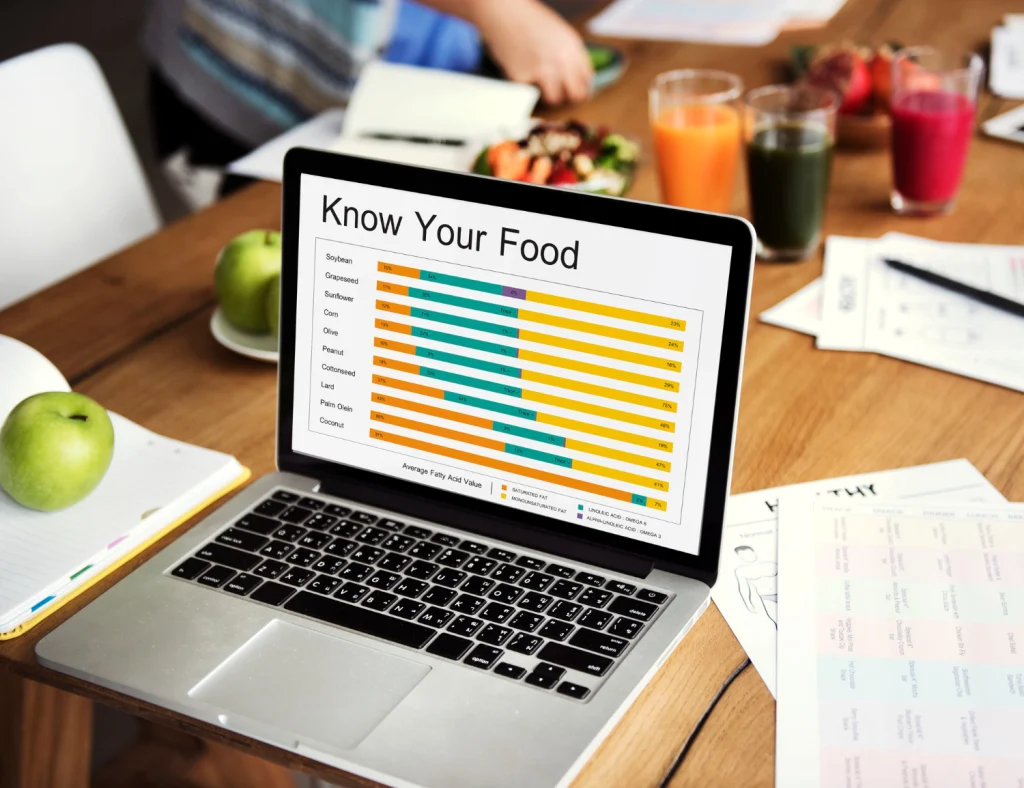
Understanding the glycemic index of foods helps you make informed choices about what to eat. By selecting more low and medium GI foods, you can:
- Maintain steady energy levels throughout the day
- Avoid spikes and crashes in blood sugar
- Support weight management goals
- Reduce the risk of developing type 2 diabetes and heart disease
Remember, the glycemic index is just one part of the puzzle. It’s also important to consider the overall nutritional content of the food, including fiber, protein, and fat, which can also impact how quickly it’s digested and absorbed.
By using the GI as a guide, you can create a balanced and healthful diet that supports your long-term well-being.
Foods With a Low Glycemic Index:
Choosing foods with a low glycemic index is a smart way to maintain steady energy levels and promote overall health. These foods are digested slowly, causing a gradual rise in blood sugar and keeping you full for longer.
In this section, we’ll explore a variety of low GI foods that you can easily incorporate into your daily diet. Get ready to discover some delicious and nutritious options!
1. Grains, Breads & Cereals:
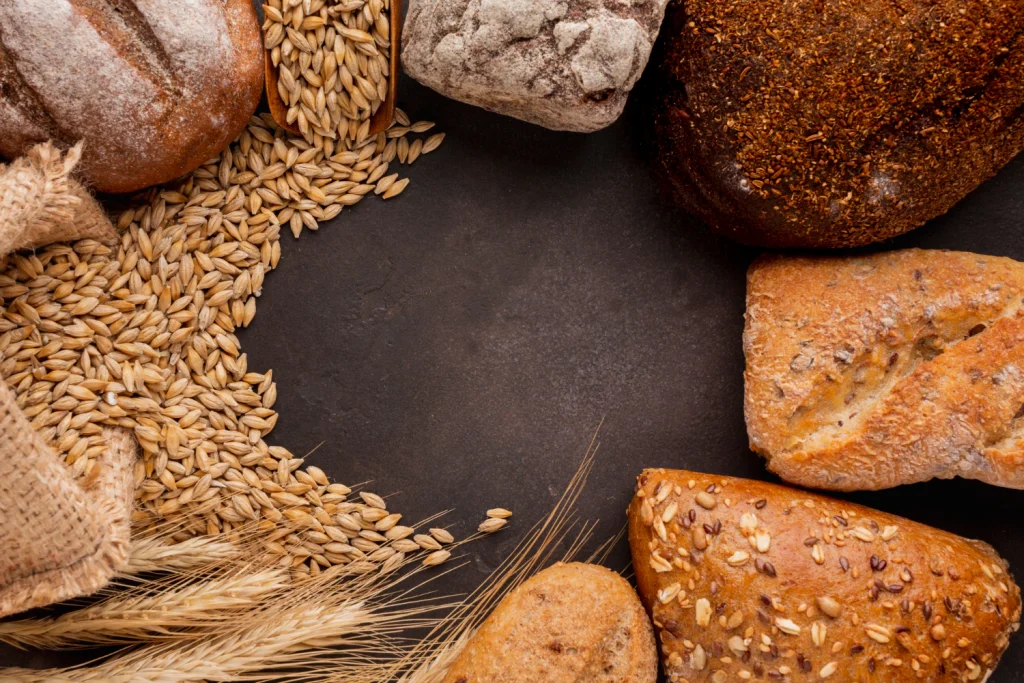
When it comes to grains, breads, and cereals, choosing low glycemic options can make a significant difference in your diet. These foods provide sustained energy and keep you feeling full longer. Here are some great low GI choices:
Oats: Oats are a fantastic low GI grain, perfect for a hearty breakfast. They release energy slowly, helping to keep you full and energized throughout the morning. Enjoy a warm bowl of oatmeal topped with fruits and nuts for a nutritious start to your day.
Barley: Barley is another excellent low GI grain. It’s rich in fiber and can be used in soups, stews, or as a side dish. Its nutty flavor and chewy texture make it a delicious and healthy addition to your meals.
Quinoa: Quinoa is a versatile and protein-rich grain with a low glycemic index. It’s perfect as a base for salads, as a side dish, or even in breakfast bowls. Quinoa is also gluten-free, making it suitable for those with gluten sensitivities.
Whole Grain Bread: Whole grain bread is a better choice than white bread when it comes to the glycemic index. Look for breads made from 100% whole grains to ensure you’re getting the most benefits. Whole grain bread is great for sandwiches or toast.
Brown Rice: Brown rice is a staple in many diets and has a lower GI compared to white rice. It’s high in fiber and nutrients, making it a healthier option. Pair it with vegetables and lean proteins for a balanced meal.
Bran Cereals: Bran cereals are an excellent choice for a low GI breakfast. They are high in fiber and can help keep you feeling full until your next meal. Just be sure to check the labels and avoid those with added sugars.
2. Fruits:
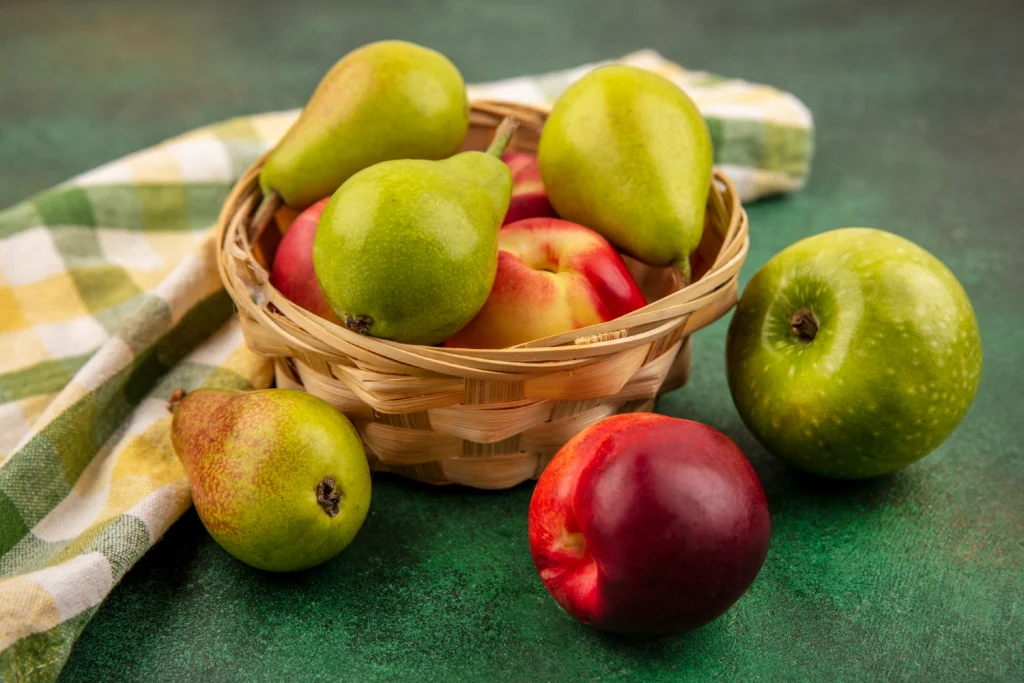
Apples: Apples are a great low GI fruit that provides a satisfying crunch and a good dose of fiber.
Oranges: Oranges are refreshing and packed with vitamin C, making them a perfect low GI snack.
Berries: Berries, like strawberries, blueberries, and raspberries, are deliciously low GI and rich in antioxidants.
Cherries: Cherries have a low GI and offer a sweet, juicy treat that’s also packed with nutrients.
Pears: Pears are another low GI fruit that is sweet, juicy, and high in dietary fiber.
Grapefruit: Grapefruit is a tangy, low GI fruit that can help boost your immune system with its high vitamin C content.
2. Vegetables
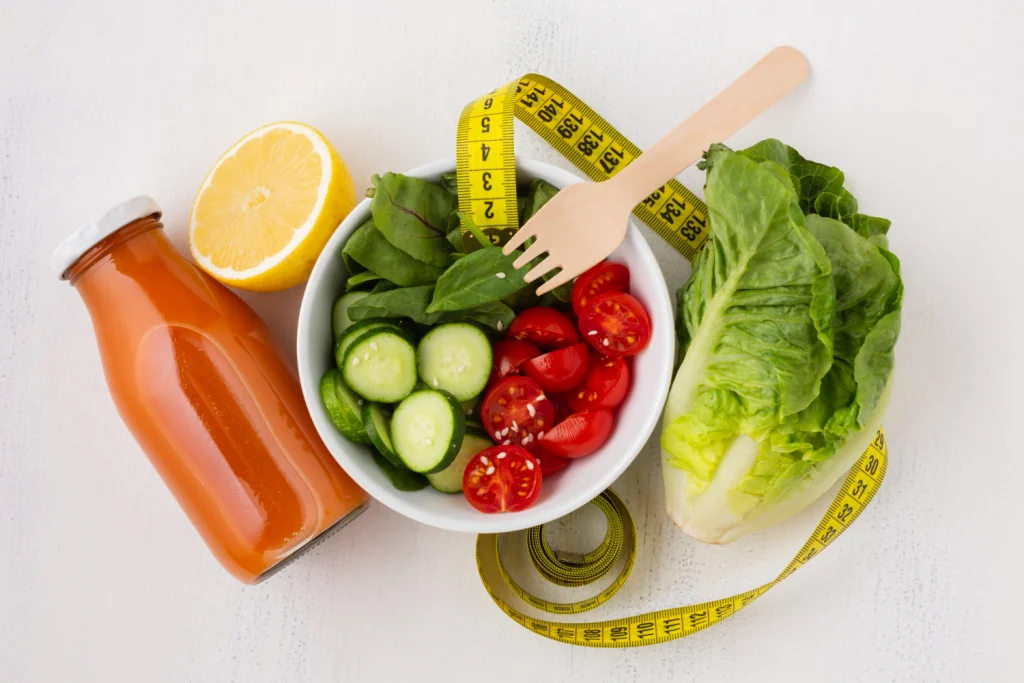
Spinach: Spinach is a low GI leafy green that’s rich in iron, vitamins, and antioxidants, making it a nutritional powerhouse.
Broccoli: Broccoli is a versatile, low GI vegetable that’s high in fiber and vitamins, perfect for boosting overall health.
Carrots: Carrots are a crunchy, low GI vegetable packed with beta-carotene and vitamin A, great for eye health.
Cauliflower: Cauliflower is a low GI veggie that’s high in fiber and can be used as a low-carb substitute for grains.
Tomatoes: Tomatoes have a low GI and are rich in vitamins C and K, providing a juicy addition to salads and sauces.
Bell Peppers: Bell peppers are low GI and high in vitamin C, adding a sweet crunch to any dish while supporting immune health.
3. Dairy
Greek Yogurt: Greek yogurt is a low GI dairy option that’s high in protein, calcium, and probiotics, perfect for a satisfying snack or breakfast.
Milk (low-fat or skim): Low-fat or skim milk has a lower GI compared to whole milk and provides essential nutrients like calcium and vitamin D for bone health.
Cottage Cheese: Cottage cheese is a low GI dairy choice that’s rich in protein and calcium, making it a great addition to salads or as a snack with fruit.
Cheese (especially varieties like cheddar): Cheese, such as cheddar, has a low GI and is rich in protein and calcium, but should be enjoyed in moderation due to its higher fat content.
Kefir: Kefir is a fermented dairy drink with a low GI and is packed with probiotics, which support gut health and digestion.
Soy Milk: Soy milk is a plant-based, low GI alternative to dairy milk that’s fortified with calcium and vitamins, suitable for those with lactose intolerance or vegan diets.
Nuts and Legumes:
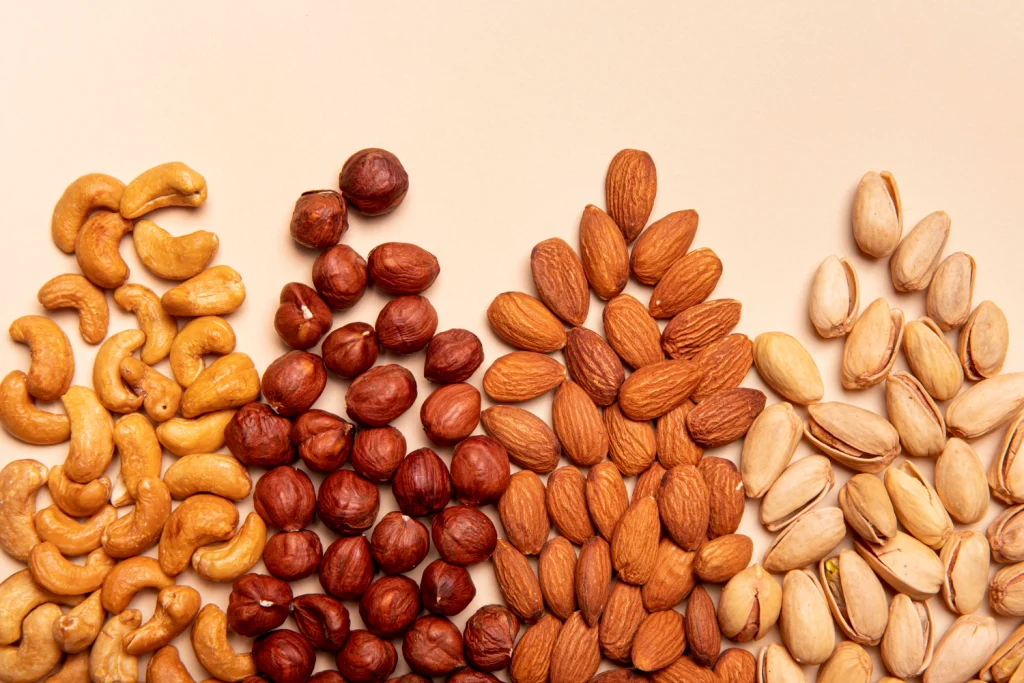
Almonds: Almonds are a low GI nut that’s rich in healthy fats, fiber, and antioxidants, making them a nutritious snack choice.
Walnuts: Walnuts have a low GI and are packed with omega-3 fatty acids, which are beneficial for heart health and brain function.
Chickpeas: Chickpeas are a low GI legume that’s high in fiber and protein, perfect for adding to salads or making into hummus.
Lentils: Lentils have a low GI and are rich in protein, fiber, and essential minerals like iron and folate, making them a versatile ingredient in soups and stews.
Black Beans: Black beans have a low GI and are loaded with fiber, protein, and antioxidants, making them a nutritious addition to tacos, salads, or soups.
Peanuts: Peanuts have a low GI and are a good source of protein, healthy fats, and vitamins, making them a satisfying snack option or addition to stir-fries.
Sweets:
Dark Chocolate (70% cocoa or higher): Dark chocolate with 70% cocoa or higher has a lower GI compared to milk chocolate and is rich in antioxidants, which can benefit heart health.
Berries with Greek Yogurt: Berries paired with Greek yogurt create a low GI dessert that’s rich in vitamins, antioxidants, and protein, satisfying your sweet tooth while supporting overall health.
Fruit Salad: A fruit salad with low GI fruits like berries, apples, and pears is a refreshing and naturally sweet treat that provides essential nutrients and fiber.
Oatmeal Cookies (made with whole grain oats): Oatmeal cookies made with whole grain oats have a lower GI than traditional cookies and provide fiber and nutrients while satisfying your cookie cravings.
Chia Seed Pudding: Chia seed pudding made with low GI ingredients like unsweetened almond milk and berries is a nutritious and satisfying dessert or snack option.
Yogurt Parfait with Nuts and Fruit: A yogurt parfait with low GI Greek yogurt, nuts, and fresh fruits is a delicious and balanced sweet treat that provides protein, healthy fats, and vitamins.
Tips for following a low-GI diet:
Choose Whole Grains: Opt for whole grains like oats, quinoa, and barley instead of refined grains like white bread and white rice. Whole grains have a lower GI and provide more fiber and nutrients.
Load Up on Vegetables: Fill half your plate with non-starchy vegetables like spinach, broccoli, and tomatoes. These veggies are low GI and packed with vitamins, minerals, and fiber.
Include Lean Proteins: Pair your meals with lean proteins such as chicken, fish, tofu, or legumes like beans and lentils. Protein-rich foods help stabilize blood sugar levels and keep you feeling full.
Healthy Fats: Incorporate healthy fats from sources like nuts, seeds, avocados, and olive oil. These fats slow down digestion and can help lower the overall GI of your meal.
Snack Smartly: Choose low GI snacks like Greek yogurt with berries, a handful of nuts, or carrot sticks with hummus to keep hunger at bay between meals.
Read Food Labels: Check food labels for the GI rating when shopping. Look for products labeled “low GI” or those that list whole grains and minimal added sugars.
Cooking Methods Matter: Opt for cooking methods like steaming, baking, or sautéing instead of frying, as these methods help retain the nutritional value of foods without adding extra unhealthy fats.
Balance Your Plate: Aim for balanced meals that include a mix of low GI carbohydrates, lean proteins, healthy fats, and plenty of vegetables to create satisfying and nutritious meals.
Save this article at Pinterest:






